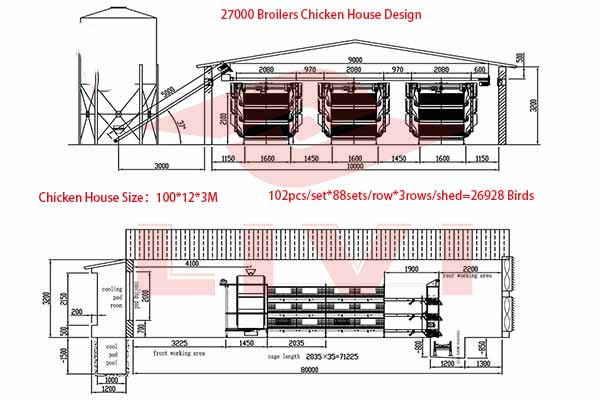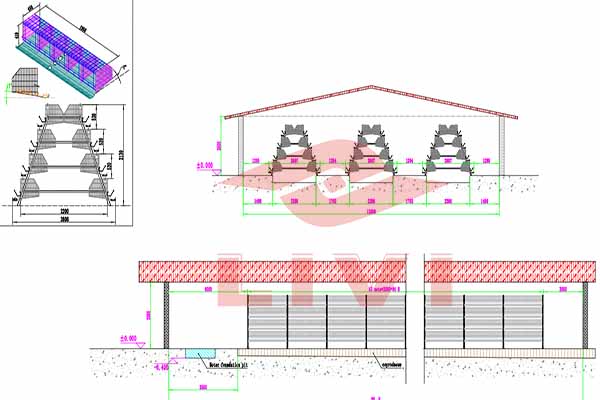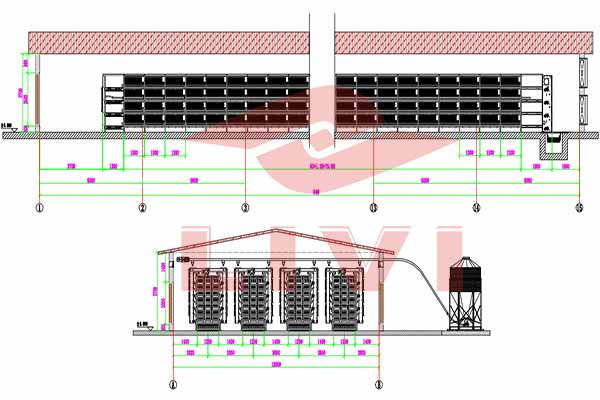Commercial Poultry Cage System for 20,000 Chickens in Kenya: An Ultimate Guide
Introduction
The poultry industry in Kenya has witnessed significant growth over the years. As a result, the demand for efficient and scalable commercial poultry cage systems has surged. In this article, we will explore the key factors to consider when setting up a commercial poultry cage system for 20,000 chickens in Kenya. By the end of this guide, you’ll be equipped with the knowledge to make an informed decision for your poultry business.
System Design
A well-designed commercial poultry cage system is essential for optimal chicken production. When planning for a system for 20,000 chickens, consider the following aspects:
- Space Allocation: Allocate 1-2 square meters per chicken, ensuring sufficient space for growth and movement.
- Ventilation: Ensure the system has efficient ventilation to maintain proper temperature and air quality.
- Lighting: Install appropriate lighting to regulate the chickens’ natural circadian rhythm.
- Feeding and Watering Systems: Opt for automated systems for feeding and watering to enhance efficiency and reduce labor costs.
Technology and Automation
Technology plays a crucial role in the success of a commercial poultry cage system. Consider the following aspects when choosing the right technology for your system:
- Automated Monitoring: Utilize automated monitoring systems to track chicken health, growth, and productivity.
- Environmental Control: Invest in smart technology to manage temperature, humidity, and other environmental factors.
- Scalability: Choose a system that can accommodate future expansion to avoid the need for costly renovations.
Cost and Budget
Setting up a commercial poultry cage system for 20,000 chickens can be an expensive endeavor. However, a well-invested system can significantly increase your revenue. Consider the following cost factors:
- System Design and Installation: Costs vary based on system complexity and scale.
- Material Costs: High-quality materials can impact the initial cost but may save money in the long run.
- Operational Costs: Plan for ongoing costs such as maintenance, utilities, and labor.
Local Regulations and Certification
Compliance with local regulations is essential for any business. Before installing your commercial poultry cage system, ensure that:
- Permits: Obtain necessary permits from local authorities.
- Health and Safety Standards: Ensure your system adheres to local health and safety regulations.
- Certifications: Consider obtaining certifications for quality and environmental standards.
Conclusion
Investing in a commercial poultry cage system for 20,000 chickens in Kenya can be a rewarding venture. By considering the system design, technology, costs, and compliance with local regulations, you can create a successful poultry business. For professional assistance and free design consultations, contact Livi Mechanical today.





